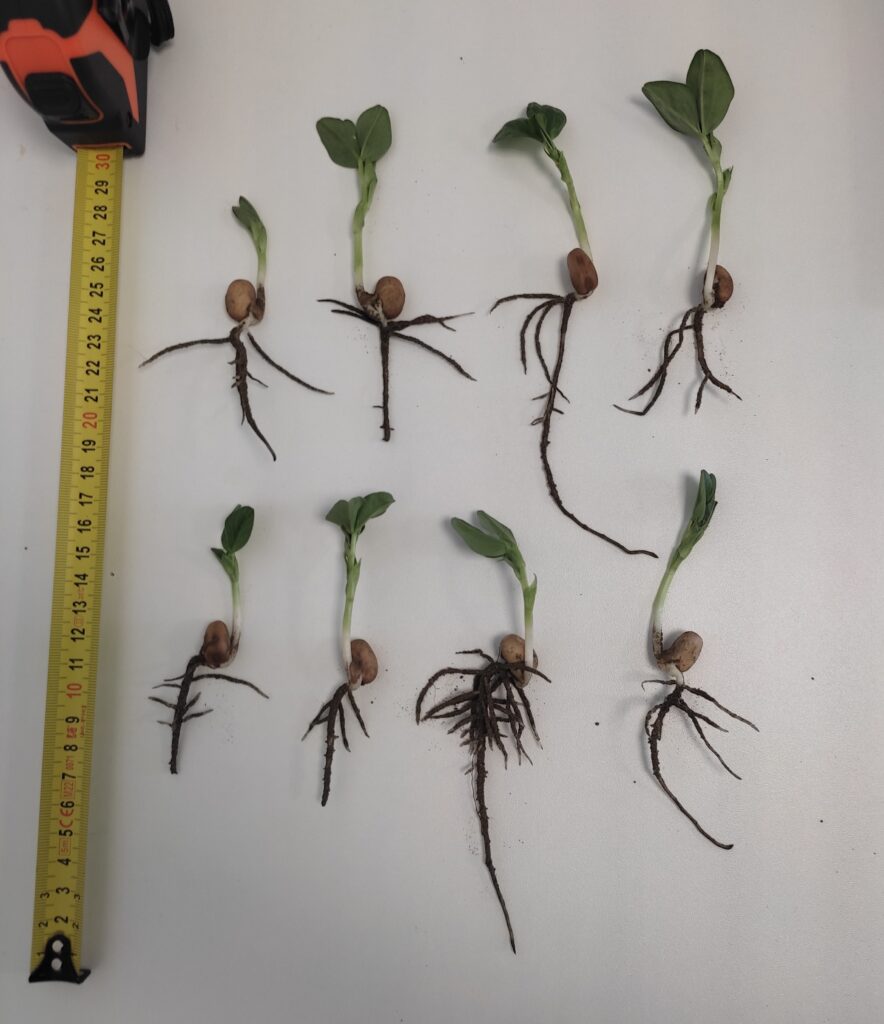Scaling up from plant-plant interactions to field and farm
Modelling key belowground ecological processes in crop mixtures


Researcher
Kostas Kypros
PhD candidate
Wageningen University & Research
My interest in sustainable agricultural research led me to pursue a Masters in Organic Agriculture in Wageningen University & Research. During that period, I learned about the major agricultural challenges of our time, particularly the optimization of crop production while minimizing the negative environmental impacts. I also learned about the potential of using plant models for crop research and conducted my thesis in the role of nitrogen fixation in intercropping. Throughout my MSc journey, I met numerous passionate individuals dedicated to addressing agricultural challenges. The CropMix team exemplifies this dedication, and I am thrilled to now be a part of it.
Research project
Project: 1.1.3. Modelling key belowground ecological processes in crop mixtures
Cultivating crop mixtures instead of monocrops, often presents environmental and production benefits. Most of the research in such systems has been focusing on above-ground aspects, due to the assumption that this is the main contributing factor, but also due to the challenging nature of studying belowground processes, since they remain hidden from plain view. In my research I will use 3D plant modelling and experiments to explore the subterranean realm. I will be investigating root traits, root plastic responses and nutrient uptake strategies. My objectives are to identify the role of the belowground factors in the productivity of crop-mixtures but also in mitigating environmental damage.
Related projects
- Soilborne pathogens and microbial interactions in mixed cropping systems > Margherita Berri
- Soil food web and nutrient cycling > Frank Lee Harris
Results and news
Update September 2024
Kostas has been spending a lot of time in the greenhouses lately. Together with PhD-candidate Ana Ernst he is currently conducting experiments with faba beans and oats. In the experiment, they try to capture plastic responses of plants; meaning how plants adapt to suboptimal circumstances.
In the experiment, Kostas and Ana mimic competition for nutrients between plants, since they expect this to occur in intercropping or mixed cropping systems. They do this, by depleting individual plants of nitrogen and/or phosphor and they observe how the plants respond. Kostas focuses on the root systems, Ana on the plants above ground.
The aim of the experiment is to collect data that will serve as input for their computer models. Ultimately, they hope their models can help optimise mixed cropping systems in practice.

Faba beans, 7 days after sowing.
Researchers involved
- Jochem B. Evers
- Franca J. Bongers
Related research
- Soilborne pathogens and microbial interactions in mixed cropping systems
- Soil food web and nutrient cycling
Other research from work package 1
Our work packages
This work package focuses on above-ground and below-ground interactions. We look at the interactions between plants, crops, insects and other species living in the field and the differences between strip cropping and monocultures.
Work package 2 looks at the economic feasibility of investments for farmers to switch to more crop-diverse systems, such as strip farming, and what factors influence their willingness to engage in ecologically sound farming.
We want to identify different transition pathways applicable to different situations. Think of farmers with wide strips and long value chains, but also farmers with narrow strips marketing in a short chain. Or perhaps very different cropping systems that use crop diversity, such as agroforestry. We also look at what consumers and other stakeholders think and their role in the transition to more sustainable agriculture.


